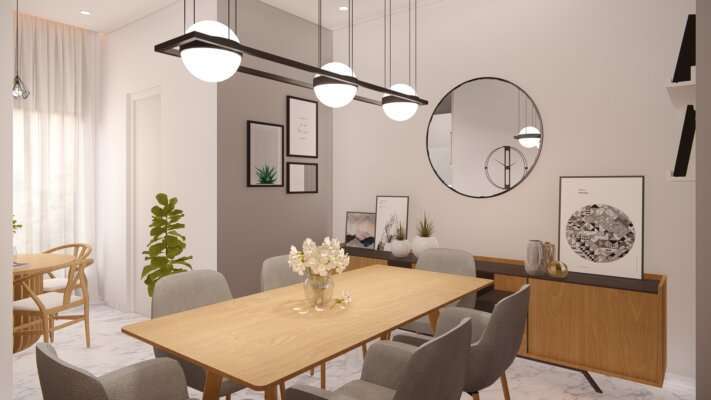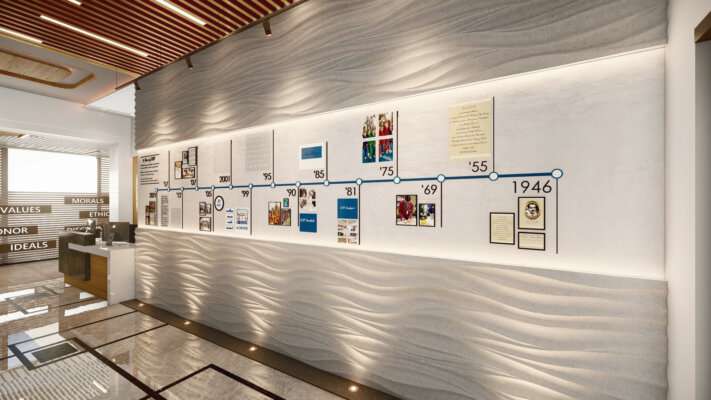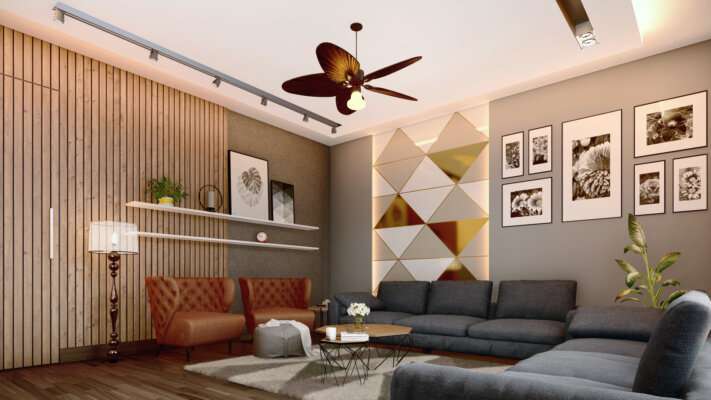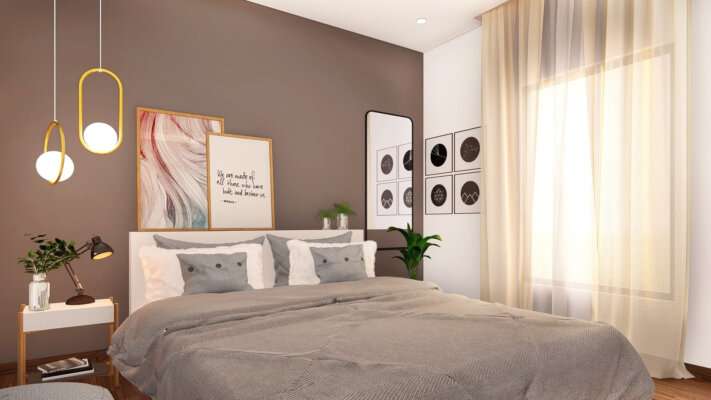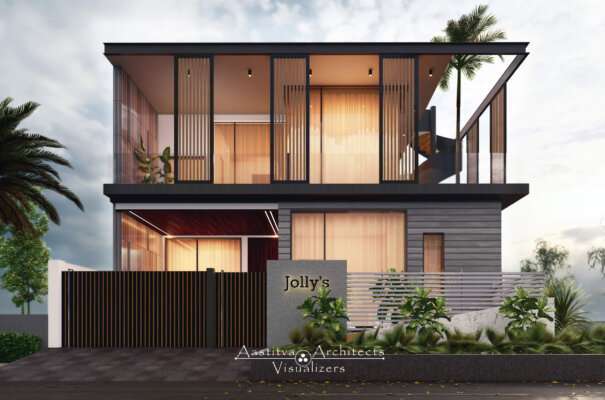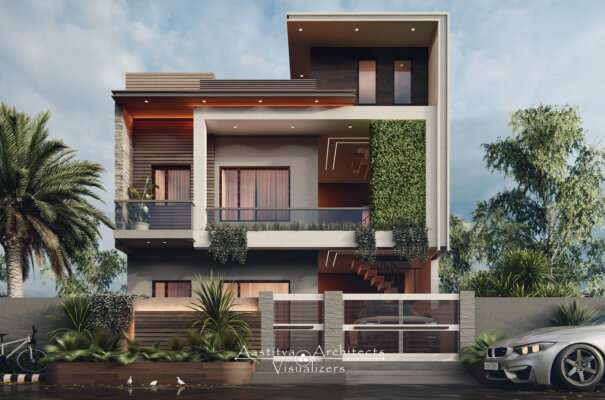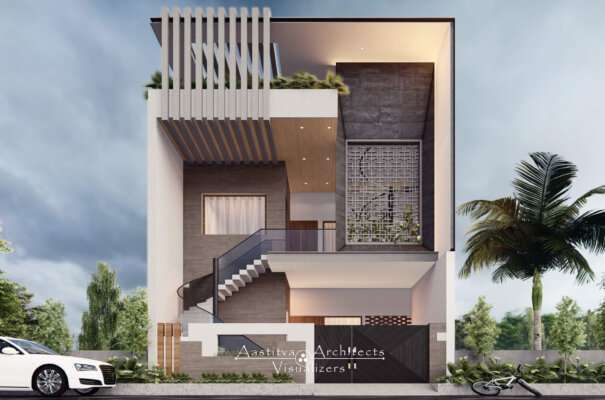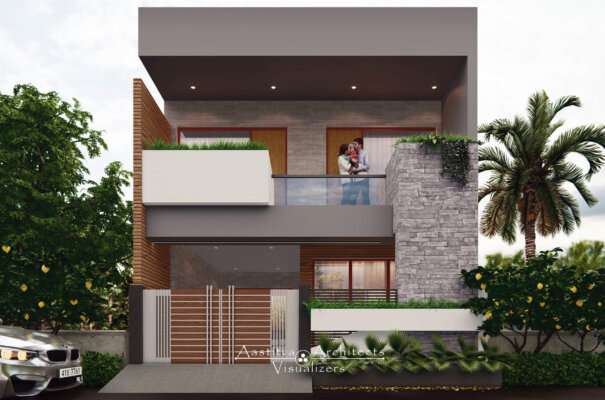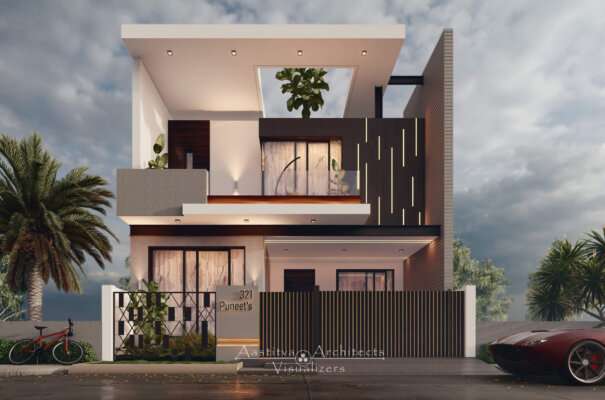1. Castle Rock House, Northland, New Zealand
Kinetic Facade
This project is an extension of our experimentation of a construction type primarily meant for use during the warmer months. In the design phase, we seek to investigate the limits between the constructed environment and nature in order to improve the immersive experience of nature.
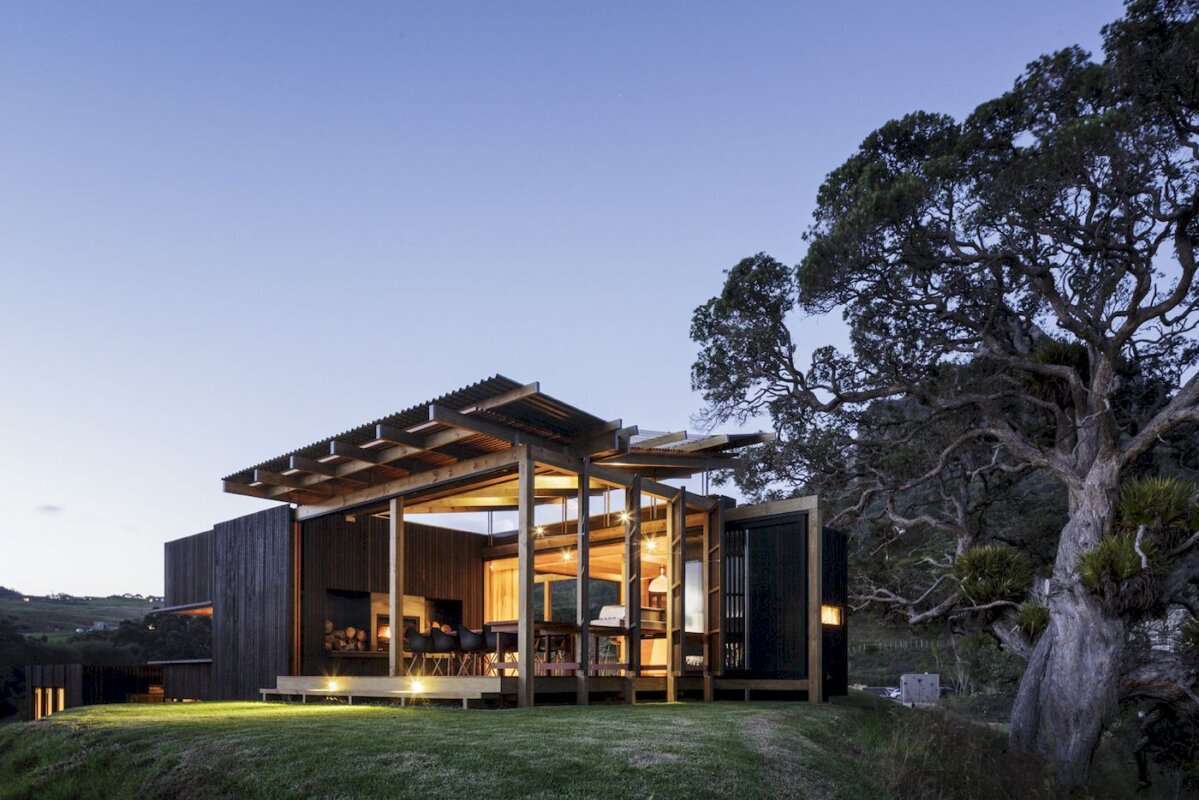
Because of the same cause, we question the agreed comfort and utility standards, too. We are also attempting to evoke the sentimentality enclosing the “Kiwi bach” by exploiting size, structure, interactions, and naturalism and accommodation limitations.
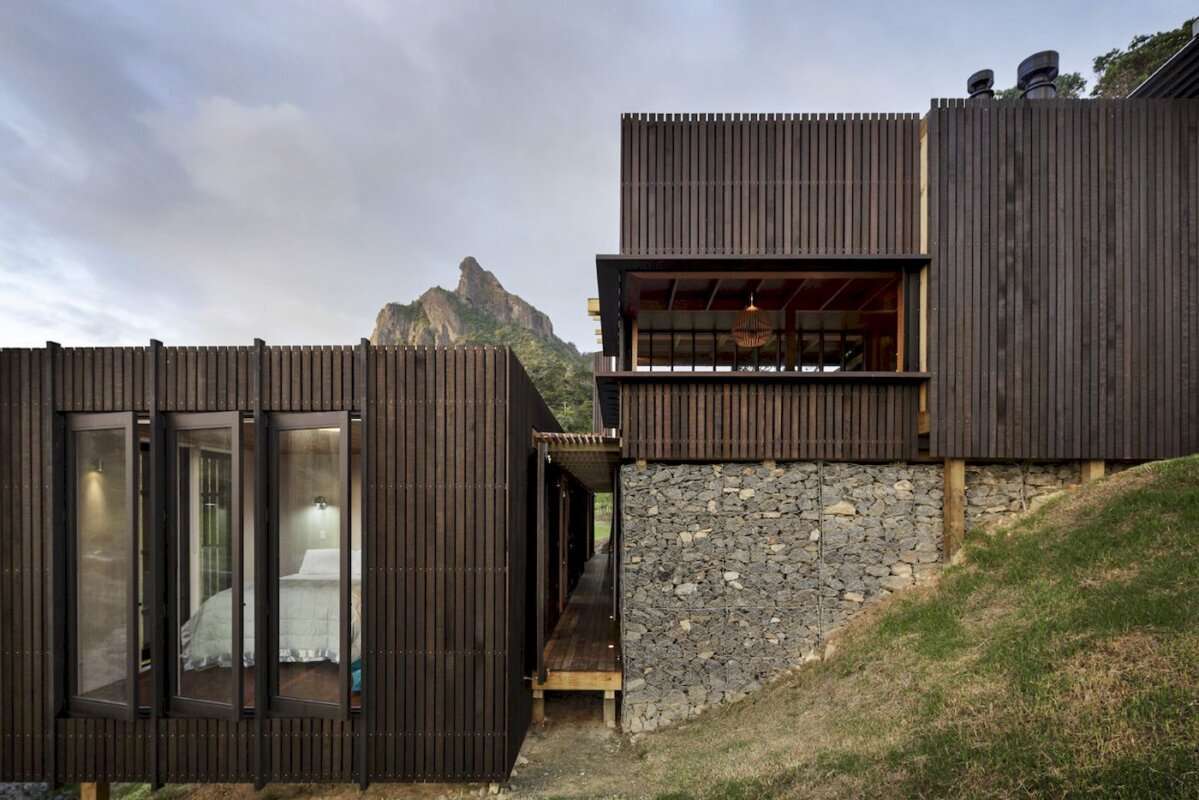
A painted black precipitation-screen cladding adds an old one layering that partially rips open to give sights and confidentiality or air screen. In general, decorative wood is uncovered and rendered with no ornamentation of color. Based on the predominant wind patterns, the kitchen dimensions against both north and south deck by adjusting a set of doors and windows.

Also, Read – Five Home Design Ideas for Every Space and Budget
2. Passive House, Bessancourt, France
Its split face is efficient incorporation into the building, covered towards the north to reduce heat losses and exposed to the south to take advantage of free clean power. Conceptually, it is an architectural and sculptural recreation of a typical building. Punctured wooden boards fold up across the play building for this child. The major move is indicative and turns the deck from playing into a sleeping area.
Kinetic Facade
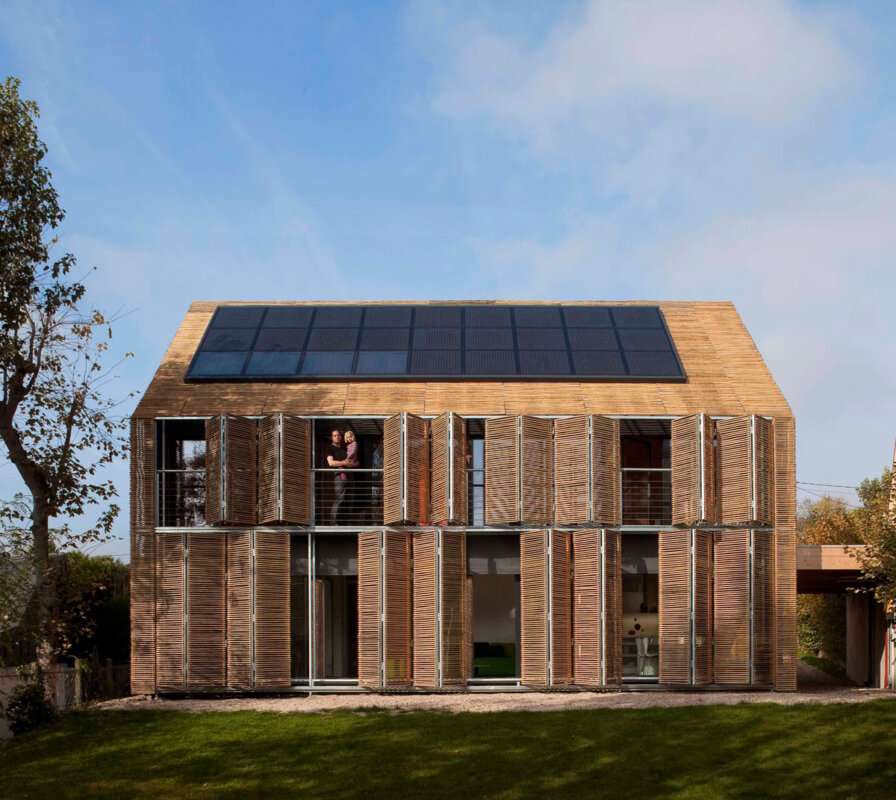
The frame is enveloped in solid wood panels by the second layer of transparent work cladding in raw bamboo. This insulation, however over years turns brown, takes influence from conventional ranches throughout this part of the county of Ile-de-France. It travels northwards next to the screens and ends by expanding over to the top.
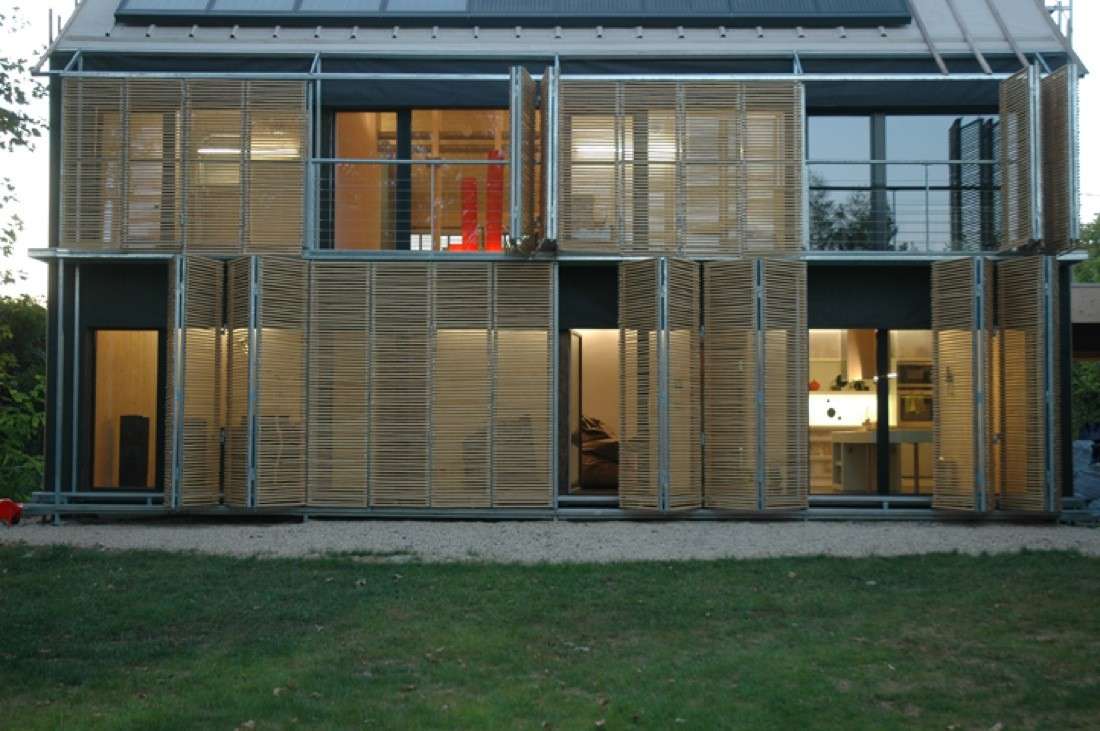
Also Read, 9 ways to decorate your home with Wall Art
Equivalent shutters are mounted on wide south-facing bay windows to have cover and illumination in the home, daytime or nighttime. Solar cells roof panels complete the program, delivering 3 200 kwh / yr. The foundations are the only concrete feature, the whole construction consists of the arrangement of very large heavy wood frames, which are made to order in the factory.
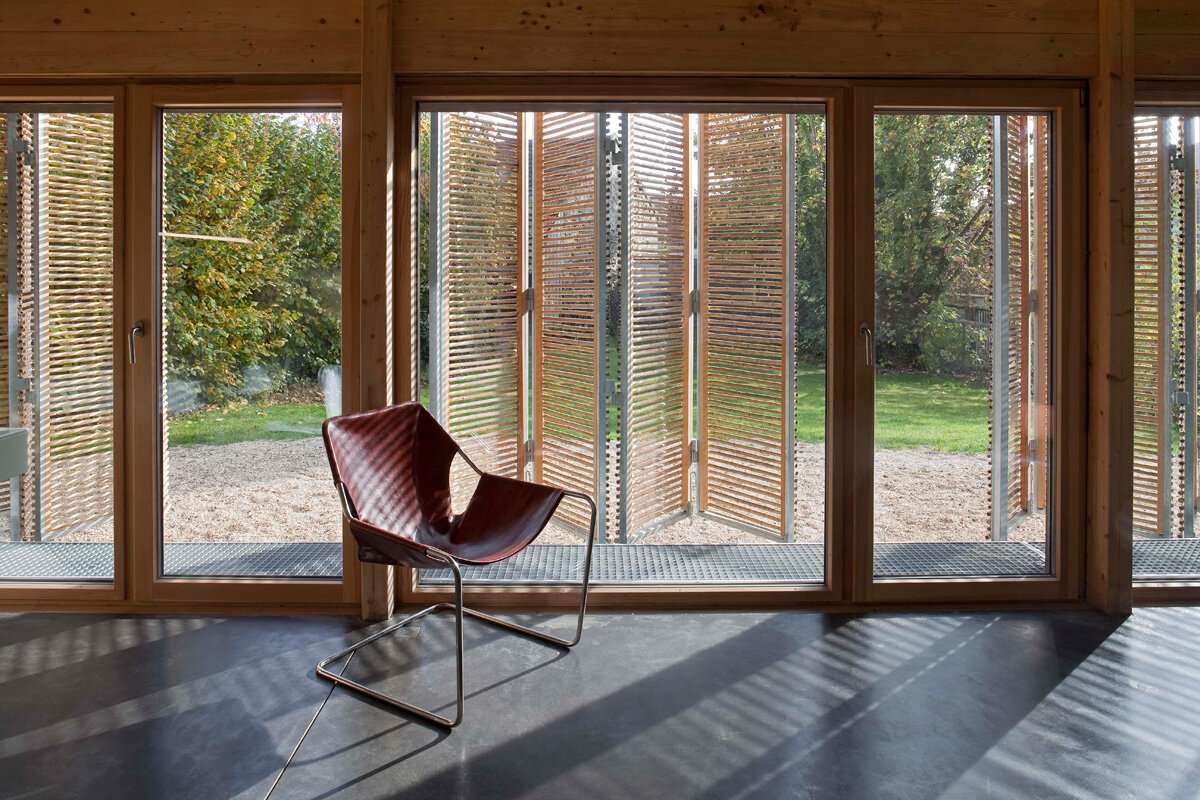
3. Kids Pod, Merricks, Australia
The plain shell, physically, is simply a complex and complicated extension of the language of the hutch home. Essential to this was the single implementation of the wooden cladding, isolated through the current home by the lacquered bridge, which the architects viewed as “compositional, almost undesigned,” helping to enhance the difference in the new building, a conscious extension to the house.
Kinetic Facade
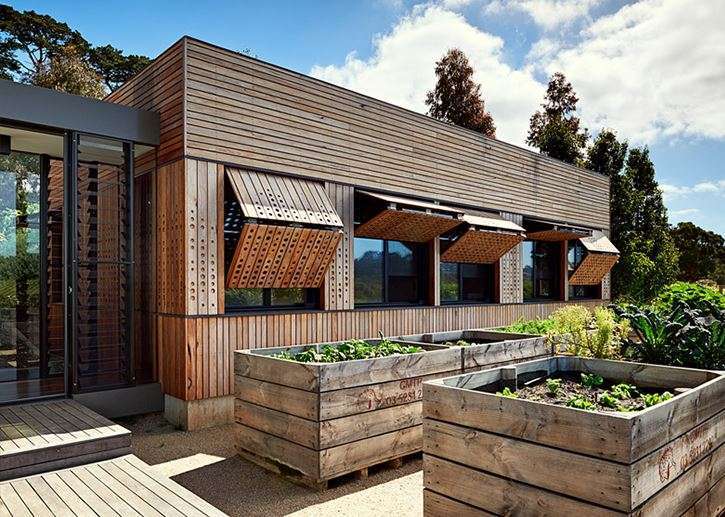
Contributing to the above, the silver top ash cladding tells its own cubby house tale, abstracting the common world of the cubby with the bottom third consisting of vertical frames, abstract tree trunks, folding perforated cladding a depiction of tree canopies all covered with a horizontal layer representing the broad horizons enjoyed by the community.
Also, Read – Architecture Design – 5 Stunning homes of 2020 you cannot miss
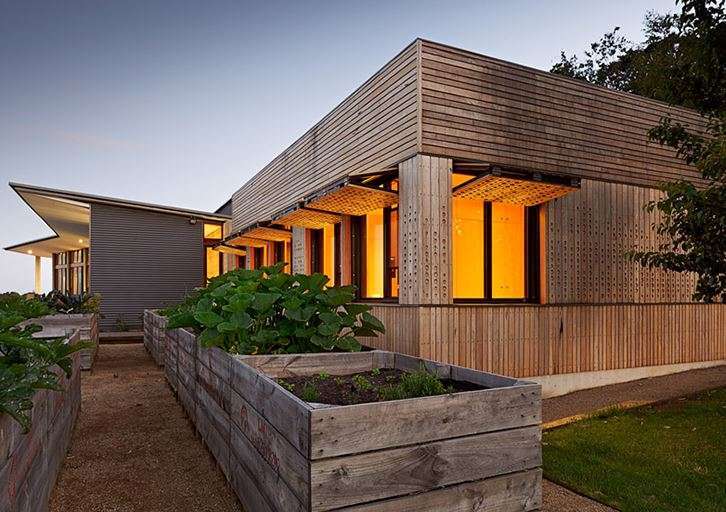
The progression of the architectural approach of the firm, from the site-inspired Hill House to the new Kids Pod’s typological complexity and spatial nuances, leaves us hopeful the tale is not yet over, and that in about ten years we will be able to see the next phase of this wonderful house and its progressing architects.
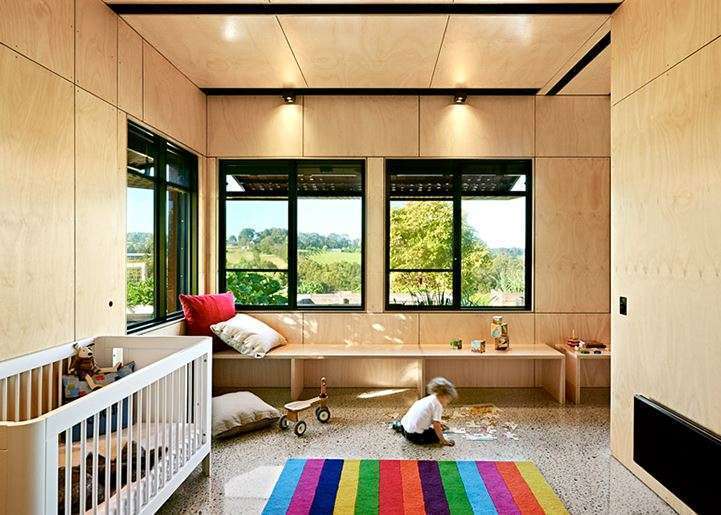
4. House with Balls, Ahmedabad, India.
Twofold shape features consists of a window plate, and a sequence of mobile frames divided by a short catwalk. This dynamic panel design regulates light and air through the interior of this passively conditioned building, in addition to the completely passive elements like photovoltaic panels on the roof and the use of bamboo.
Kinetic Facade
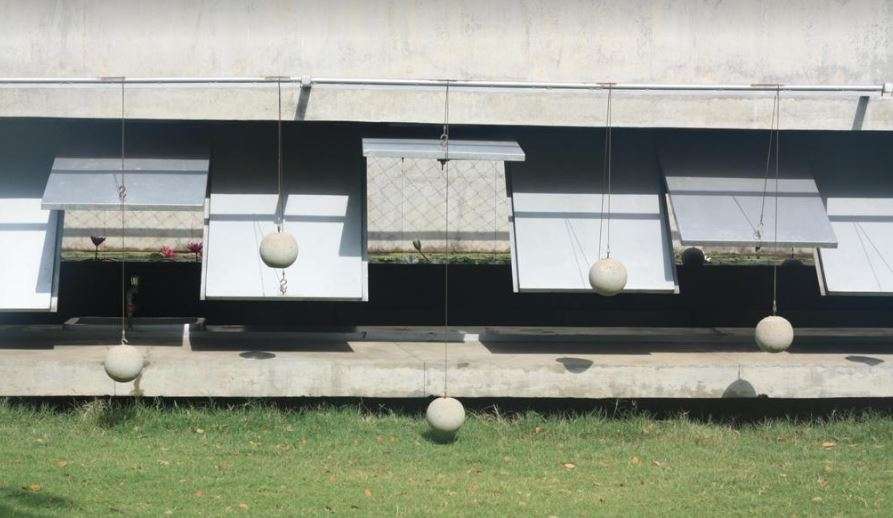
The living room can be accessed by top hanging metal shutters to one of these two rooms, which stretch across the entire length of the walls at eye level. When sealed it is a 13 m long by 3.6 m wide room made within the fish tanks by the sun. When the shutters are opened this regular form absolutely converts into an everlasting one contrary to its appropriate orientation.

The steel shutters are supported by homemade concrete balls, the relatively cheap counterweights feasible; they either wave in the breeze when screens are partly opened or dive out of sight into the lily pad ponds when the screens are completely open rendering the house activated in use or even without.
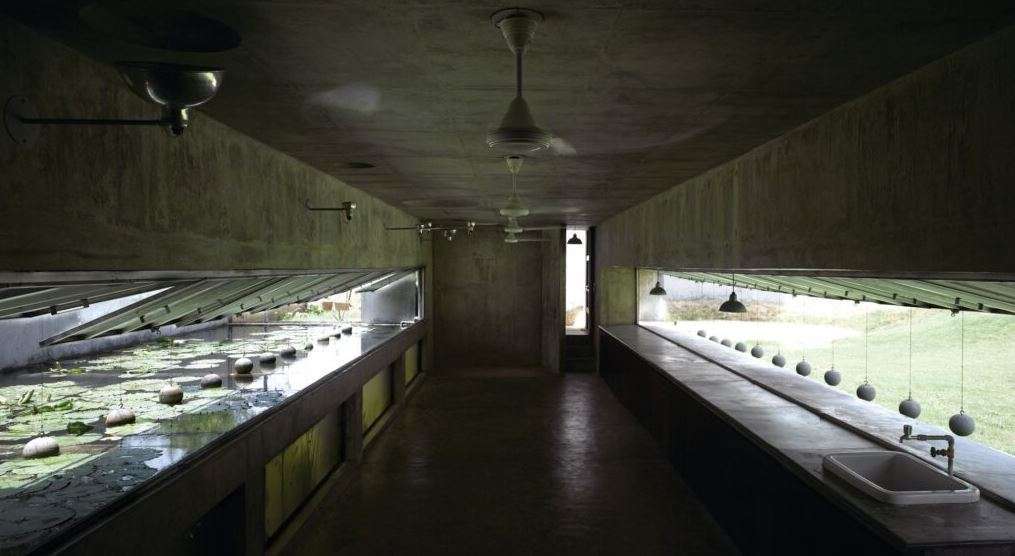
About us,
Aastitva Architects and Visualizers have been working on the amazing quality of architectural animation, designing, rendering, and walk-throughs, providing top-notch services to its clients. Make sure to stay updated on their content on Facebook, Youtube, and Instagram.
Check our Interior Gallery
INTERIOR GALLERYCheck our Exterior Gallery
EXTERIOR GALLERY
Architect Planner and Blogger
Author for Aastitva Architects and Visualizers

